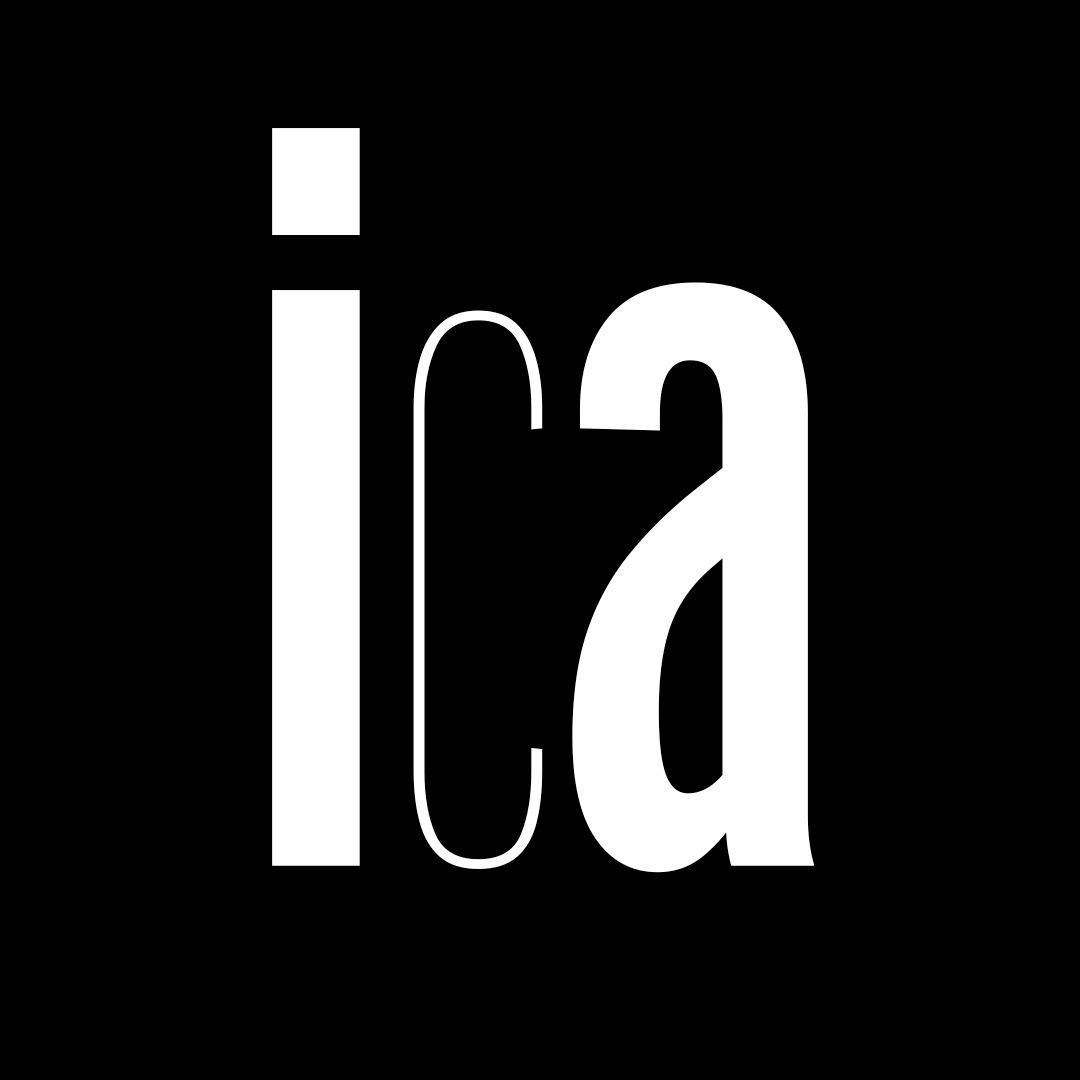Ryan Swedenborg
www.rswedenborg.com@rswedenborg
Ryan Swedenborg is a visual artist and designer based in Portland, Maine. Her sculptural practice explores the intersections of comedy, failure, and the built environment, combining found objects with hand-crafted ceramic, wood, and fabric elements. With a background in graphic design, she holds a Bachelor of Science from Portland State University and an MFA in Sculpture from the Maine College of Art and Design. Swedenborg’s work has been exhibited throughout New England, on the West Coast, and in three of New York City’s five boroughs. She is the recipient of the John and Lone Lee Scholarship through the Penland School of Craft and was awarded MECA&D’s Above and Beyond Grant in spring 2024.
I make assemblage sculptures that explore the unruly overlap of comedy, failure, and resistance. My process combines found objects—often discarded, ordinary, or absurd—with hand-crafted elements made from ceramic, wood, and other materials. This mix of the salvaged and the made allows me to choreograph unlikely encounters between forms, creating sculptures that function like performances: unstable, open-ended, and full of tension. I often use color drawn from construction codes—bright oranges, yellows, and reds—not just for their associations with caution and repair but for their playful, welcoming energy.
Rooted in a lineage of assemblage and informed by comedic theory, my work treats sculpture as a collaborative act. Materials carry their own histories; I collect, reconfigure, and activate them in ways that blur the boundary between artwork, environment, and audience. I think of my sculptures as provisional stages—spaces that invite interaction, speculation, and sometimes even physical engagement. They are deliberately open-ended, asking viewers to move around them, relate to them bodily, and consider their own role in shaping meaning.
The humor in my work is not escapist—it’s a tool for critique, connection, and survival. I’m interested in the moment before collapse, when something shifts and meaning starts to stretch. The work doesn’t strive for resolution—it makes space for curiosity, contradiction, and joy.

